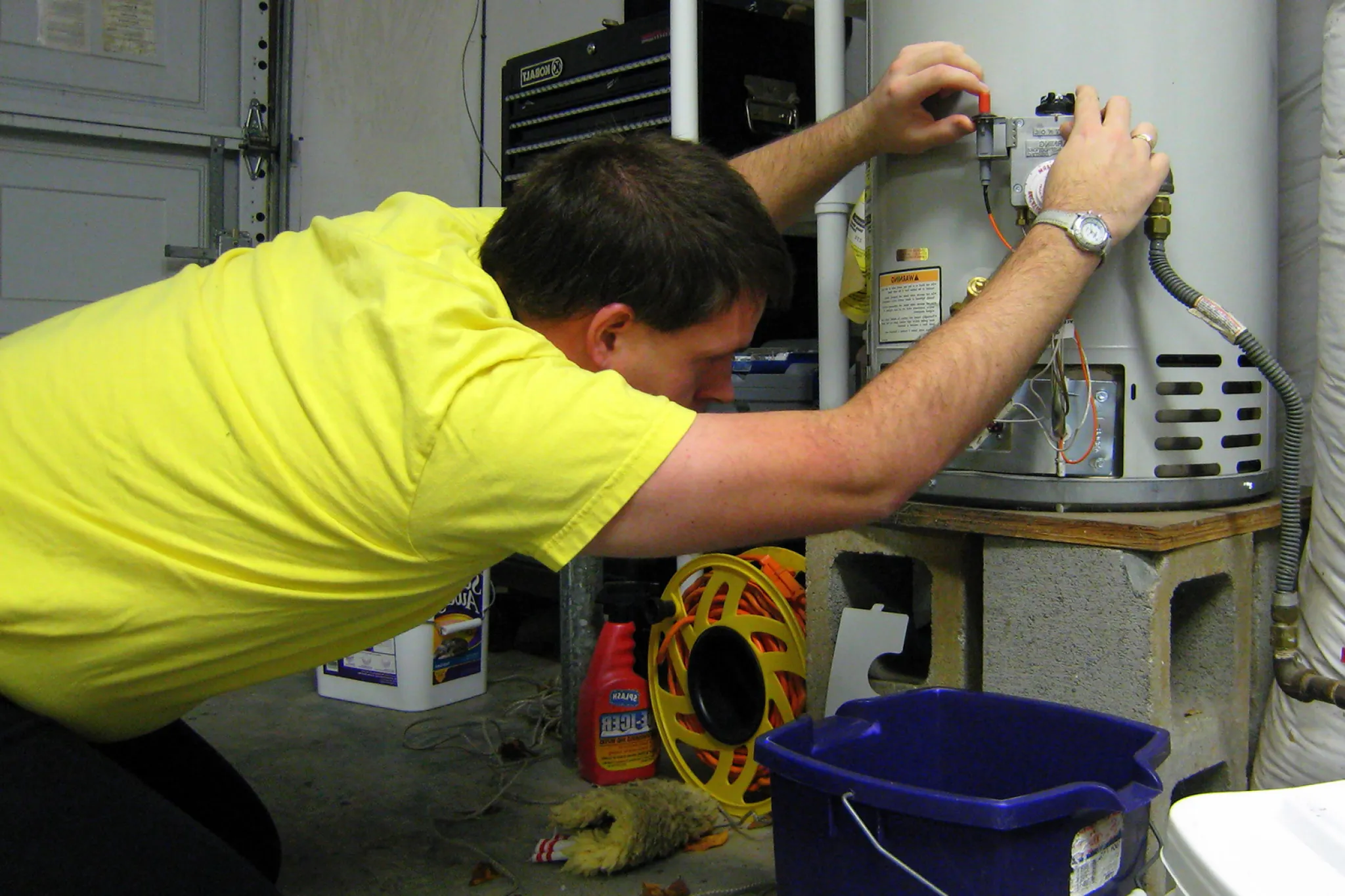They are making a few good pointers on Tips on Maintaining a Water Heater in general in the content underneath.

Hot water is vital for daily convenience, whether it's for a refreshing shower or cleaning dishes. To guarantee your hot water system runs effectively and lasts longer, normal maintenance is vital. This short article gives useful pointers and insights on how to preserve your home's warm water system to avoid disturbances and costly repair services.
Intro
Maintaining your home's warm water system could seem complicated, yet with a few basic actions, you can guarantee it runs efficiently for years to find. This overview covers every little thing from understanding your warm water system to DIY maintenance ideas and recognizing when to hire expert aid.
Importance of Keeping Your Warm Water System
Regular maintenance not only expands the life-span of your hot water system however also ensures it operates effectively. Disregarding maintenance can result in reduced performance, higher energy bills, and even premature failure of the system.
Indications Your Warm Water System Needs Maintenance
Understanding when your warm water system requires interest can protect against significant concerns. Watch out for indications such as inconsistent water temperature level, odd sounds from the heating system, or corroded water.
Understanding Your Hot Water System
Before diving into maintenance tasks, it's useful to understand the basic components of your hot water system. Usually, this consists of the hot water heater itself, pipelines, anode rods, and temperature level controls.
Monthly Maintenance Tasks
Regular month-to-month checks can aid capture minor concerns prior to they escalate.
Flushing the Hot Water Heater
Purging your hot water heater eliminates sediment buildup, improving effectiveness and prolonging its life.
Checking and Changing Anode Rods
Anode poles stop rust inside the storage tank. Checking and replacing them when worn out is crucial.
Inspecting and Readjusting Temperature Level Settings
Adjusting the temperature setups makes sure ideal performance and safety and security.
DIY Tips for Maintenance
You can perform a number of upkeep jobs yourself to keep your warm water system in top condition.
Checking for Leakages
Frequently examine pipelines and links for leaks, as these can bring about water damages and higher bills.
Examining Pressure Relief Valves
Checking the pressure safety valve guarantees it works correctly and protects against extreme stress accumulation.
Insulating Pipelines
Protecting hot water pipelines decreases warmth loss and can save power.
When to Call an Expert
While do it yourself upkeep is useful, some issues need professional know-how.
Complex Concerns Requiring Professional Assistance
Instances include significant leaks, electric troubles, or if your water heater is regularly underperforming.
Routine Expert Upkeep Advantages
Specialist maintenance can include comprehensive assessments, tune-ups, and ensuring compliance with safety and security standards.
Final thought
Normal maintenance of your home's hot water system is necessary for efficiency, long life, and cost financial savings. By adhering to these suggestions and recognizing when to seek expert aid, you can ensure a trustworthy supply of warm water without unexpected interruptions.
How to Maintain an Instant Hot Water Heater
Before tinkering with your hot water heater, make sure that it’s not powered on. You also have to turn off the main circuit breaker and shut off the main gas line to prevent accidents. Also turn off the water valves connected to your unit to prevent water from flowing into and out of the appliance. 2. When you’re done, you have to detach the purge valves’ caps. These look like the letter “T” and are situated on either side of the water valves. Doing so will release any pressure that has accumulated inside the valves while at the same time avoid hot water from shooting out and burning your skin. 3. When the purge valves’ caps are removed, you have to connect your hosing lines to the valves. Your unit should have come with three hoses but if it didn’t, you can purchase these things from any hardware or home repair shops. You can also get them from retail stores that sell water heating systems. Read the user’s manual and follow it to complete this task properly. When the hosing lines are connected, open the purge port’s valves. 4. You should never use harsh chemical cleaners or solutions when cleaning your unit. Make use of white vinegar instead. It should be undiluted and you’ll probably use about 2 gallons. 5. Now flush your water heater. This task should probably take about 40 minutes. We can’t give you specific directions for this because the procedure is carried out depending on the type, model and brand of your heater. With that being said, refer to the user’s manual. 6. When you’re done draining the unit, you have to turn off the purge port valves again. Remove the hosing lines that you earlier installed on each of the water valves. Put the valve caps (purge port) back in their respective places and be very careful so as not to damage the rubber discs that are found inside these caps. 7. Now that everything’s back in place, check your user’s manual again to find out how to reactivate your water heating system. 8. Once it is working, turn one of your hot water faucets on just to let air pass through the heater’s water supply pipes. Leave the tap on until water flows smoothly out of it. https://www.orrplumbing.com/blog/2014/september/how-to-maintain-an-instant-hot-water-heater/

Do you really like more info about Water Heater Maintenance Tips You Can't Afford to Forget? Try leaving a remark directly below. We'd be glad to see your opinions about this content. We are looking forward that you come back again in the near future. Enjoyed our review? Please share it. Let another person check it out. Kudos for your time. Come back soon.
Click Here
 Lark Voorhies Then & Now!
Lark Voorhies Then & Now! Melissa Joan Hart Then & Now!
Melissa Joan Hart Then & Now! Marcus Jordan Then & Now!
Marcus Jordan Then & Now! Mason Reese Then & Now!
Mason Reese Then & Now! Stephen Hawking Then & Now!
Stephen Hawking Then & Now!